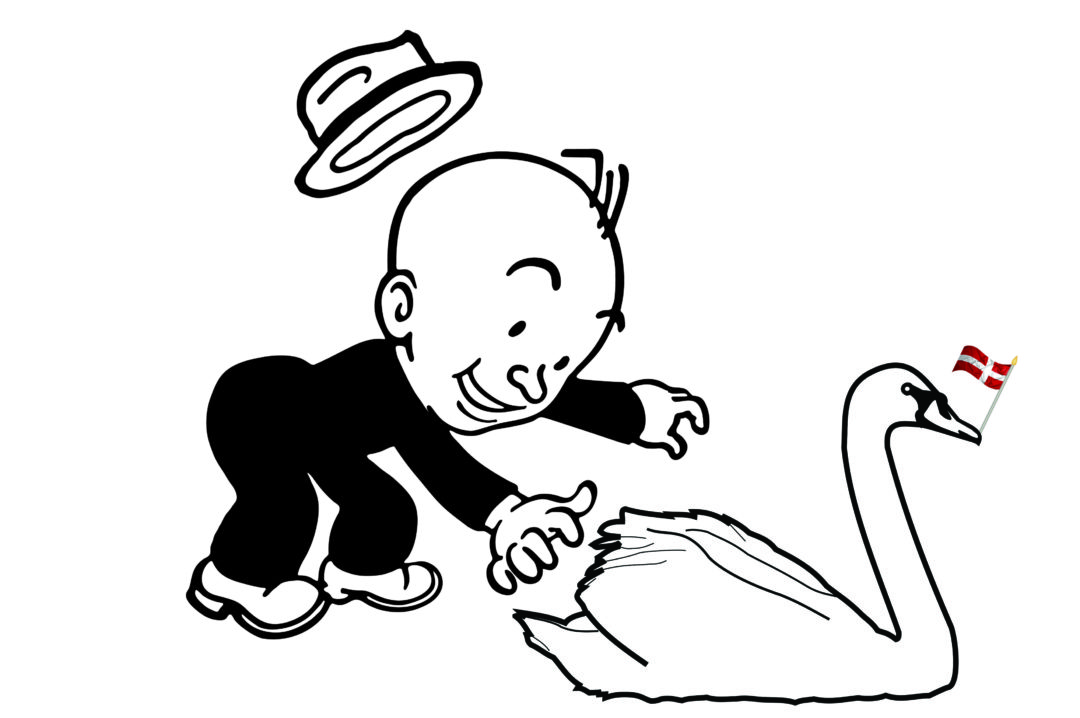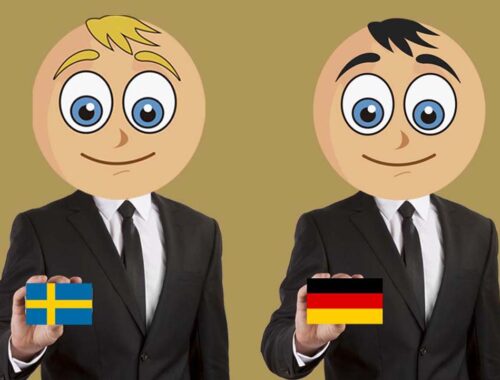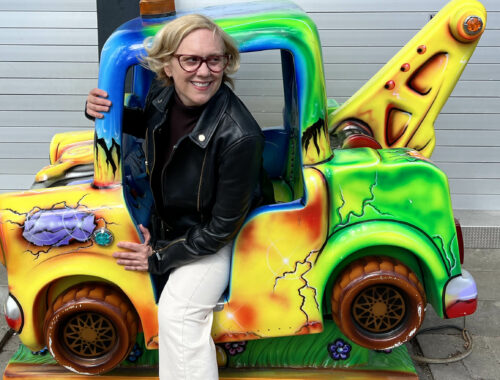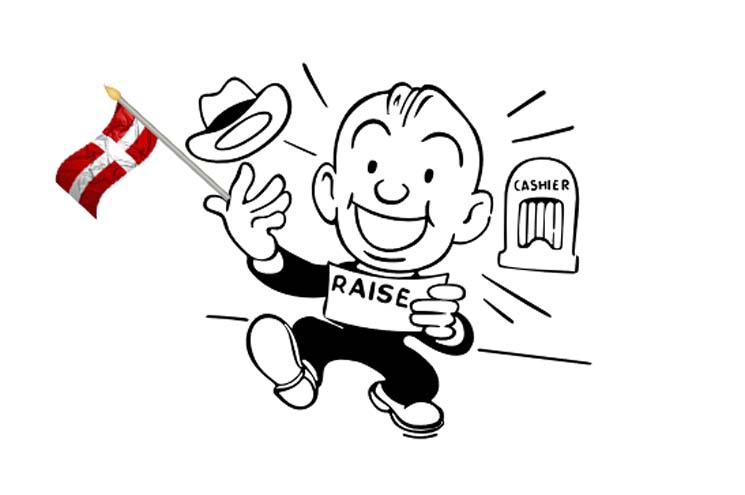Among the many cultural questions I ask audiences during my How to Live in Denmark Game Show is “Which animal represents Denmark best?”?
There never seems to be an obvious or generally agreed-upon answer. Sure, the bear represents Russia, the elephant Thailand, and the bald eagle the United States. But what about Denmark?
Denmark does have a national animal – the mute swan (Cygnus olor) – but an image of a swan doesn’t provoke the kind of immediate association with Denmark that, say, a koala bear does with Australia.
That said, mute swans are easy to find in Denmark. You can see them sailing down the quiet streams of the country’s historical parks, such as the vold in Fredericia or Utterslev Mose in suburban Copenhagen.
But these strong, individualist, and often angry animals are a strange fit for a country that prides itself on co-operation and peacefulness. They’re also not really mute – in fact, they have a noisy hiss that can signal an attack if they feel their nest is threatened.
Given that these muscular birds are about a meter tall and their wingspan can be twice that, you may feel threatened too.
The most common answer
Anyway, the answer I get most when I ask Which animal best represents Denmark? is not the swan, but the pig.
There are, notoriously, twice as many pigs in Denmark as people, and Danish bacon is prized all over the world. Pig insulin also helped create Denmark’s thriving pharmaceutical industry, although it has long since been replaced by artificially-created insulin.
And pigs are reportedly highly intelligent and even have a sense of humor, which many Danes would feel is a good match for Danish humans.
In addition to pigs, my audiences also often say that the dog is an animal that could represent Denmark – reliable, faithful, and not too flashy.
But neither dogs nor pigs would be an acceptable symbol to Denmark’s Muslim population – now about 5.3% of Danish residents – so it’s back to the drawing board.
Personally, I think a good approach might be to look at the characters in popular Danish children’s comic Rasmus Klump. They include a bear cub – that’s Rasmus – and his friend Pingo, who is a penguin, and Pelle, a pelican. Any one of those would be a nice national animal that everyone could agree on.
Animal welfare
Most Danes would consider themselves animal lovers – despite a controversial 2014 incident with a zoo giraffe which resulted in many, many crazy people sending me emails – and most people in Denmark care about how animals are treated.
Animal welfare is a pretty safe political position in Denmark, even if the animals are being raised for food.
My chicken teriyaki readymade meal, purchased for last night’s dinner, had a printed seal of approval from “Animal Protection Denmark.” If you go to a Danish supermarket, eggs and meat are all very clearly marked to tell you what kind of life the animal lead.
I even remember reading a dating profile from a fellow who said he would not consider ladies who bought eggs from caged hens.
As with many places in the world, vegetarianism and veganism is becoming more popular in Denmark. The meatless selection in grocery stores is growing, in part to meet demand from the many IT specialists who have recently arrived in Denmark from India.
Pets in Denmark
Danes love their pets. About 27% of Danes own a cat, and 24% own a dog – even though many urban apartment buildings don’t officially permit them.
That said, Danish pets are not pampered in the way that Chinese or French pets might be, with tiny clothing, fancy food, or dog spas.
A Dane has no intention of putting her dog in a miniature puffa jacket for a walk, even in the depths of winter. (Safety equipment, like a little lighted collar, is more popular.)
And nobody calls their dog their “best friend” or “fur baby.”
Furthermore, when a pet’s time on Earth comes to an end, they are not kept alive with extraordinary measures. (An acquaintance came to Denmark with the goal of making artificial legs for aging and crippled pets but found little demand.)
Letting go of pets when their time has come is very similar to the Danish attitude towards letting go of people when their time has come.
The third most popular pet
While dogs and cats are the two most popular pets in Denmark, there’s also an interest in the usual fish, hamsters and canaries. Bunnies are big among preteen girls.
It’s quite common for suburban families to raise chickens in their backyard. For several months they provide fresh eggs, and ultimately they provide a chicken dinner.
But the third most popular pet in Denmark is actually a horse. Many people who live in cities, or near them, own a horse or a share in a horse that lives in the nearby countryside.
You might have a 10am meeting with a business partner who will mention that she has already been out for a 7am ride.
Owning a horse is an expensive pleasure. Once stable fees, hay, vet bills, horseshoeing, and food are taken into account, maintenance of a horse can easily cost DK3000 a month, and that excludes the cost of the horse in the first place.
Looking at that price tag, you might be tempted to just buy birdseed and try to pet the swans.
Hear all our How to Live in Denmark podcasts on Spotify and on Apple Podcasts.
Buy Kay’s books about Denmark on Amazon, Saxo, Google Books, Apple Books, Barnes & Noble Nook, or via our webshop.
Image mashup copyright Kay Xander Mellish 2025
Read also:
The Deeper Meaning of Pigs
Cheating on Mother Nature: Danes and Environmentalism





